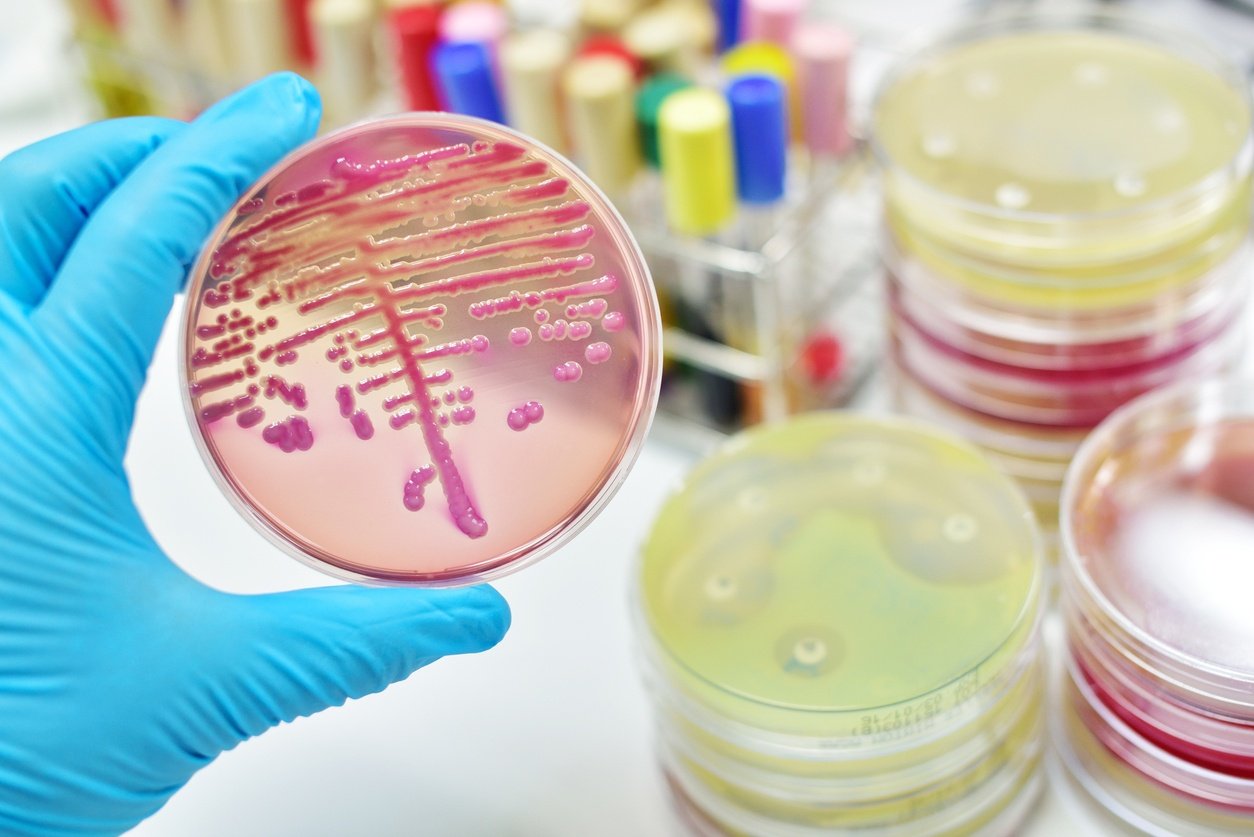
In order to fight the threat of antibiotic and antimicrobial resistance (AR/AMR), the United States Department of Health and Human Services (HHS) and the Centers for Disease Control and Prevention (CDC) are heading up an effort to meet the AMR Challenge. CDC officials think pharmacists can play a vital role in addressing and preventing antibiotic resistance.
Antibiotic resistance occurs when bacteria or other microbes change in some way that reduces or eliminates the effectiveness of drugs or chemicals, including antibiotics, designed to cure infections. The bacteria continue to multiply, causing illness to persist.
Certain bacteria have become resistant to antibiotic use because antibiotics have been overused and over-prescribed. Antibiotics should not be used to treat viral illnesses, such as colds or the flu, though they often are. Additionally, antibiotics are often used to prevent illness in animals that we use for food, which can contribute to bacterial antibiotic resistance.
According to the CDC, nearly two million people in the United States are infected with antibiotic-resistant bacteria per year, and 23,000 die as a result.
The AMR Challenge encourages:
- Reduction of antibiotic use
- Improvement of antibiotic use
- Development of new vaccines, drugs, and diagnostic tests
- Improvement of infection prevention and control
- Enhancement of data sharing and data collection
HHS and the CDC are targeting the AMR Challenge at pharmaceutical and health insurance companies, food animal producers and purchasers, medical professionals, and other industry leaders. Because pharmacists are so accessible to the public, these organizations are depending on them to help reduce inappropriate antibiotic use.
Classroom Talking Points for Pharmacy Students
How do people become resistant to antibiotics?
This is a common misconception. A person's body doesn't become resistant to medicine. It is the bacteria and microbes that cause illnesses and infections that become resistant to treatment with drugs or chemicals.
Why be concerned with antibiotic resistance?
Antibiotic resistance is a public health concern because of the number of bacteria that have become stronger and more resistant to antibiotics and other treatment options. The longer it takes to kill bacteria, the more likely an infection can spread to family members, schoolmates, and co-workers. If a hard-to-treat illness infects a community, it can cause serious disability in the population or even death.
How do people become resistant to antibiotics?
This is a common misconception. A person's body doesn't become resistant to medicine. It is the bacteria and microbes that cause illnesses and infections that become resistant to treatment with drugs or chemicals.
How can pharmacists prevent antibiotic-resistant infections?
- Teach patients what medications are effective for viral infections. Antibiotics are not appropriate to use to treat colds, the flu, and most sore throats. Aside from fluids and rest, helpful treatment can include the use of saline nose spray, a humidifier, and cold medications that can provide short-term relief of cold symptoms.
- Instruct patients to take their medication correctly. They shouldn't skip doses, and they need to complete the course of antibiotic medication as prescribed. If a patient stops taking his medication because he feels better, but the infection hasn't been eliminated, surviving bacteria can re-infect the patient.
- Tell patients not to save medications for the next time they feel sick, or take antibiotics or medications prescribed for someone else. Taking the wrong type of antibiotic for an infection can allow bacteria to thrive.
- Teach patients that the most effective ways to prevent spreading illness are to get the proper vaccinations in a timely manner and to wash their hands. Antimicrobial cleaners are not appropriate for day-to-day use, are not more effective than regular soap and water, and can increase a microbe's resistance to antibiotics.
Sources:







